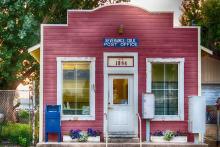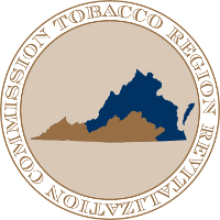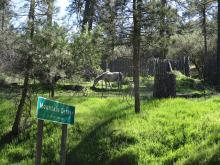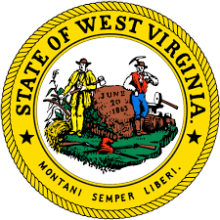Ohio Bill To Fund Rural Broadband Advancing
Lawmakers in Ohio are slowly advancing a proposal to help fund rural broadband deployment. HB 378 has similarities to Minnesota’s Border-to-Border Broadband Program and will infuse $100 million in to broadband deployment ecosystem over the next two years. It’s a welcome lift for rural areas struggling to fend off economic dilemmas.
Companions
Last fall, State Senators Cliff Hite and Joe Schiavoni announced their intention to introduce a bill with the same effect. HB 378, however, appeared to pick up steam in March and, after strong bipartisan support in committee and on the floor of the House, the bill went on to the Senate on April 12th.
Back in October, Schiavoni said in a press release:
“This legislation is incredibly important to Ohio’s future. Without access to broadband internet service, businesses can’t reach their customers, students can’t do their homework and workers have difficulty searching for jobs.”
Democrat Ryan Smith and Republican Jack Cera introduced HB 378 with an eye toward economic development in their districts and other rural areas of the state facing the need to diversify their local economies.
“With this bill, we have the opportunity to level the playing field for rural Ohioans when it comes to vital broadband infrastructure,” said Rep. Smith [in October]. “High speed broadband is the only way we can continue growing our economic base by attracting new commercial development and securing a strong labor force, our most valuable resource.”
Main Points










